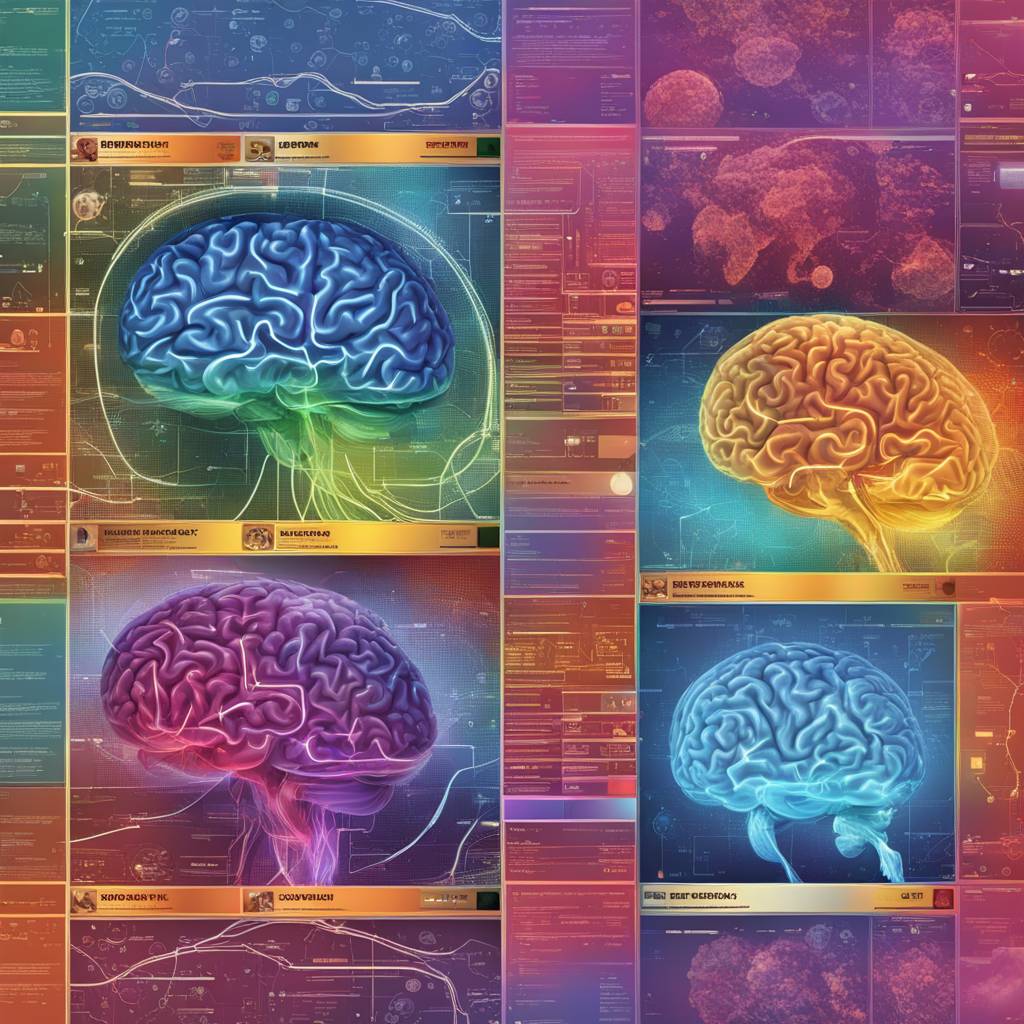University of Minnesota Medical School researchers have developed a new method for analyzing brain signals that has the potential to improve treatments for neurological conditions such as Parkinson’s disease, pain, epilepsy, and depression. This research, recently published in NeuroImage, provides a more detailed understanding of the brain’s complex activity and could impact various aspects of everyday life, from education to artificial intelligence. The study was led by David Darrow, MD, MPH, an assistant professor at the U of M Medical School and a neurosurgeon with M Health Fairview.
The key findings of the research include the ability to analyze direct brain recordings with greater precision, allowing scientists to better understand how brain activity correlates to different tasks and behaviors. This method also enables researchers to extract patterns of brain activity over time, revealing how different brain areas process stimuli during tasks such as image identification. Alexander Herman, MD, PhD, an assistant professor of psychiatry at the University of Minnesota Medical School and co-senior author of the study, noted that this research represents a significant advance in our ability to analyze neural signals and opens up new possibilities for understanding the complex dynamics of the human brain.
The research team is currently working on the next iteration of the platform, which will enable them to decode brain signals and integrate them into medical devices and new treatments. This advancement has the potential to revolutionize the field of neuroscience and lead to future discoveries in understanding human cognition. The study was funded by the National Institute of Drug Addiction and the Brain & Behavior Research Foundation, with additional support from the University of Minnesota’s MnDRIVE initiative.
Overall, the introduction of this refined method for analyzing brain signals represents a significant breakthrough in the field of neuroscience. By enhancing our understanding of brain functionality, this research has the potential to improve treatments for a variety of neurological conditions. The ability to directly extract patterns of brain activity over time opens up new possibilities for studying how different brain areas process stimuli during various tasks. In the future, this research could pave the way for technological advancements and a deeper understanding of human cognition.
The implications of this research extend beyond the field of neuroscience, with potential applications in education, mental health, and artificial intelligence. The upgraded method for analyzing brain signals could have far-reaching effects on various aspects of everyday life, ultimately leading to advancements in medical treatments and technological innovation. As the research team continues to refine their platform and decode brain signals, new strategies for integrating these findings into medical devices and treatments will likely emerge, further revolutionizing the way we understand and treat neurological conditions.
Overall, this research represents a significant step forward in our ability to analyze neural signals and understand the complex dynamics of the human brain. With continued advancements in this field, researchers hope to uncover new insights into brain functionality and potentially develop more effective treatments for neurological conditions. The support from funding agencies and initiatives like the University of Minnesota’s MnDRIVE program demonstrates the importance of this research and its potential impact on the future of neuroscience and medical innovation.













